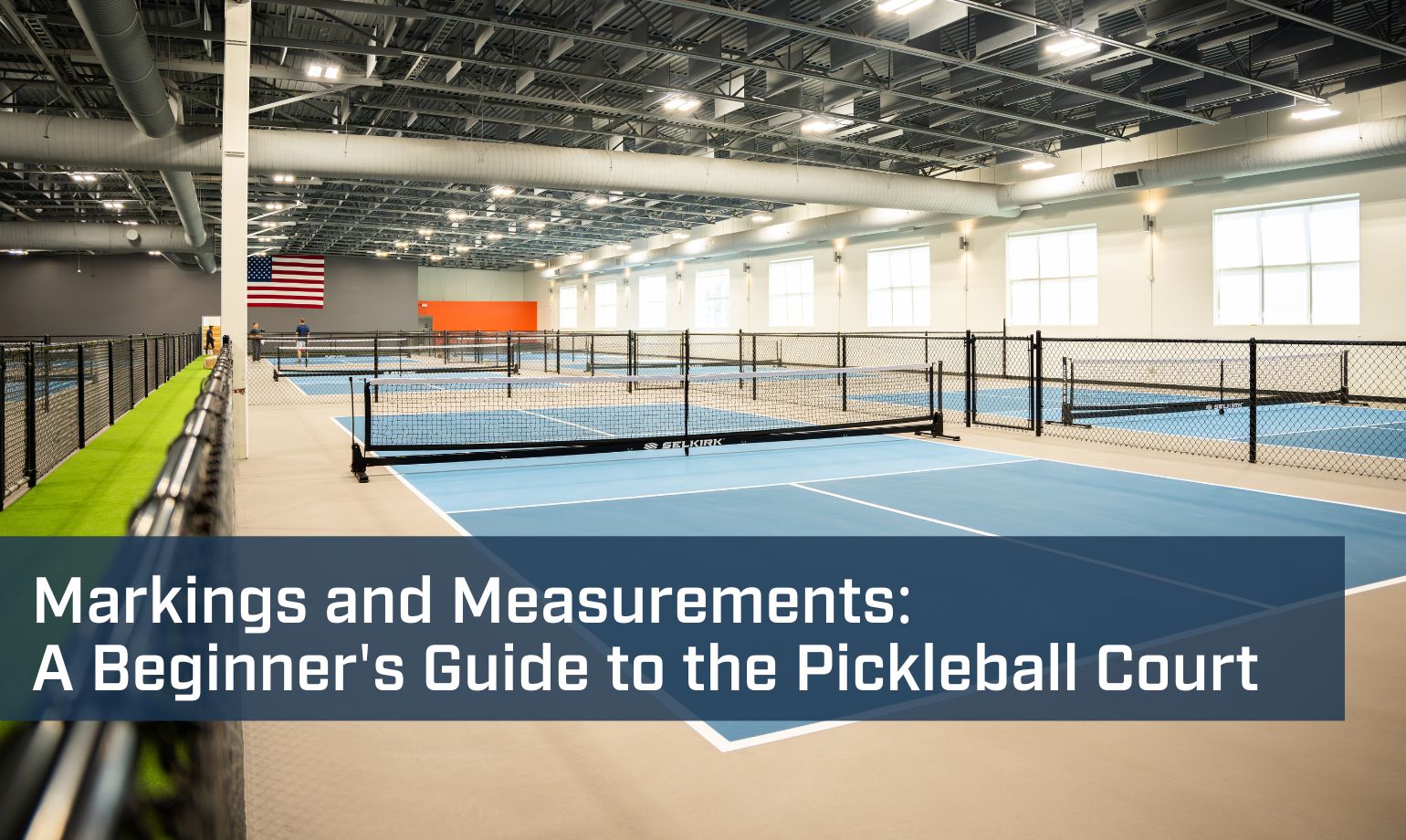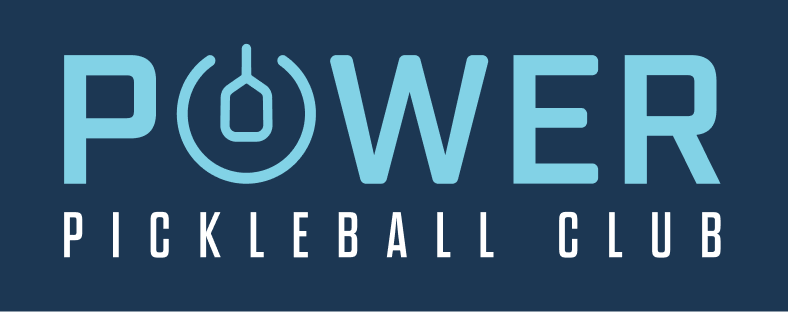
Markings and Measurements: A Beginner's Guide to the Pickleball Court
If you want to understand pickleball, you have to start at its foundation: the pickleball court. What makes it unique, and how does it set the stage for the techniques and strategies that help you win? Whether you’re a newbie or just need a refresher, understanding the court’s layout is crucial for upping your game. At Power Pickleball Club, our eleven state-of-the-art pickleball courts all share the regulation size and layout that defines the game. Let’s break it down.
Court Dimensions
First things first: the size. A standard pickleball court measures 20 feet wide and 44 feet long. This rectangle accommodates singles and doubles matches, so there is no need for different setups. It’s one size fits all.
The relatively small size of the court is part of what makes the game so fun. It keeps rallies fast, footwork tight, and games accessible to players of all ages. Compared to tennis, you’re covering less ground, but make no mistake: you’ll still get your cardio in.
The Net
The court is split into two halves by a net. This net stands 36 inches high at the posts and dips slightly to 34 inches at the center, creating that classic pickleball feel. That slight dip actually matters—lower in the middle means cross-court shots are a little easier to clear. It’s one of the subtle details that rewards clever play.
Lines and Zones
The various lines and zones you’ll encounter help guide your gameplay and strategy:
Baseline: These are the lines parallel to the net at the back of each half of the court. You’ll serve from behind this line, so get comfy with it. Stepping on or over it during a serve is a fault.
Sidelines: Running perpendicular to the net, sidelines mark the outer edges of the court’s width. Keeping the ball within these lines is the key to keeping rallies alive. Watching your shot kiss the line is one of the small joys of the game. Missing it by a few inches? Less joyful.
Non-Volley Line: Also known as the “kitchen line,” this line is 7 feet from the net on both sides. It marks the beginning of the non-volley zone, which we’ll get into next.
Centerline: This line divides the area between the non-volley line and the baseline into two equal parts, creating the left and right service courts.
The Kitchen (Non-Volley Zone)
The kitchen is a place you want to avoid during volleys. This 7-foot area on both sides of the net prohibits players from volleying, meaning you can’t hit the ball out of the air while standing in this zone. It’s a unique feature that adds a strategic layer to the game. Why? To prevent players from just camping at the net and smashing every ball. It forces you to be smart with your approach shots and makes soft shots like dinks and drops part of the strategy.
Here’s the trick: you can enter the kitchen; you just can’t volley while in it. That means a well-placed dink can draw your opponent into the danger zone, forcing a foot fault or a tricky shot. It’s like a chessboard—only sweatier.
Service Courts
The centerline divides the space between the non-volley line and the baseline into two service courts: the left and right. When serving, you aim diagonally across the net into your opponent’s service court. Keeping track of where you’re serving from and aiming to is crucial for a legal serve.
You also have to keep both feet behind the baseline at the moment of contact and hit the ball underhand with an upward arc. It sounds simple, but try doing it under pressure, mid-match, with your doubles partner giving you the side-eye. That’s the true test of a champion.
Surface and Surroundings
Most pickleball courts are made from either concrete or asphalt, providing a durable playing surface. However, some courts feature clay or grass surfaces, adding variety to the playing experience. At Power Pickleball Club, we’ve constructed cushioned hard courts with sound-dampening tech so you can enjoy the rally without going home to an ice pack and a headache.
Why Knowing the Court Matters
Understanding the court’s layout isn’t just about knowing where to stand; it’s about strategy. For example, being aware of the non-volley zone can prevent faults and open up opportunities for dinks and drop shots. Knowing the dimensions helps in positioning and anticipating your opponent’s moves. You’ll begin to see patterns indicating where to place the ball, when to stay back, when to crash the net. It’s not just about reacting; it’s about reading the game.
Mastering the markings and measurements of a pickleball court is a foundational step in improving your game. Whether you’re playing casually or gearing up for a tournament, this knowledge will serve you well. So next time you step onto the court, take a moment to appreciate its design. It’s all there to make the game as enjoyable and competitive as possible.
Power Up at Power Pickleball Club
